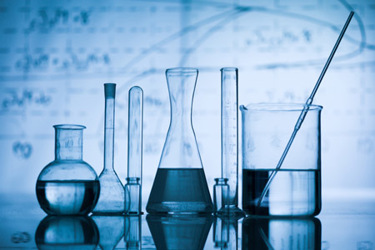Flow Chemistry Vs. Batch Processes

Chemical development is traditionally a time-consuming, costly, and labor-intensive endeavor, often resulting in significant environmental impact and prolonged time-to-market for drug candidates. These challenges can affect the commercial viability and accessibility of pharmaceutical products. As a result, pharmaceutical companies are increasingly seeking faster, more cost-effective, and safer process development strategies, supported by efficient and scalable production platforms. Historically, new chemical entities have been synthesized using batch processes that rely heavily on adaptable equipment for various unit operations. However, scaling these processes from lab to production requires careful engineering to ensure safety, environmental compliance, and commercial feasibility.
To overcome these limitations, continuous flow chemistry has emerged as a powerful alternative. This technology enables chemical synthesis in a continuous stream through controlled pumping systems, allowing precise management of reaction conditions. Flow chemistry offers numerous advantages over traditional batch processing, including enhanced heat and mass transfer, rapid mixing, shorter reaction times, better selectivity, and higher yields. It also allows for the safe use of hazardous reagents and solvents at elevated temperatures. Common reactor types include plug flow and packed bed reactors, while specialized chemistries may utilize photoreactors or electrochemical reactors. As the industry shifts toward more sustainable and scalable solutions, continuous flow chemistry is proving to be a transformative tool in modern chemical development.
Get unlimited access to:
Enter your credentials below to log in. Not yet a member of Bioprocess Online? Subscribe today.
